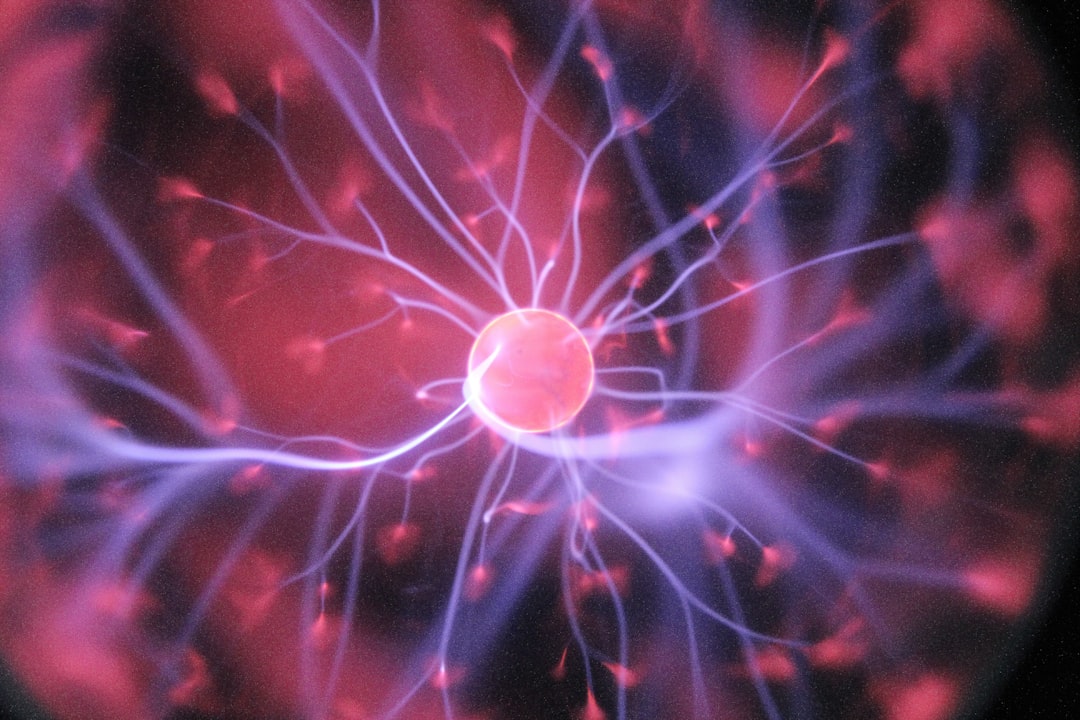What is it about?
Variations of light in the natural environment produce changes in reflections and shadows. But we can still recognise objects and materials as being the same. This ability may be underpinned by ratios of signals from closely spaced cone photoreceptors in the eye.
Featured Image

Photo by Irina Iriser on Unsplash
Why is it important?
Detecting whether changes in scenes are due to accidental changes in lighting or to changes in its content is important for survival. Changes in the ratios of cone signals provide a powerful yet simple cue to novelty detection.
Perspectives
This work used time-lapse hyperspectral radiance images of natural scenes recorded at intervals across the day. We have made available four of these sequences at http://personalpages.manchester.ac.uk/staff/d.h.foster/.
Professor David H. Foster
University of Manchester
Read the Original
This page is a summary of: Time-lapse ratios of cone excitations in natural scenes, Vision Research, March 2016, Elsevier,
DOI: 10.1016/j.visres.2015.03.012.
You can read the full text:
Resources
Contributors
The following have contributed to this page










